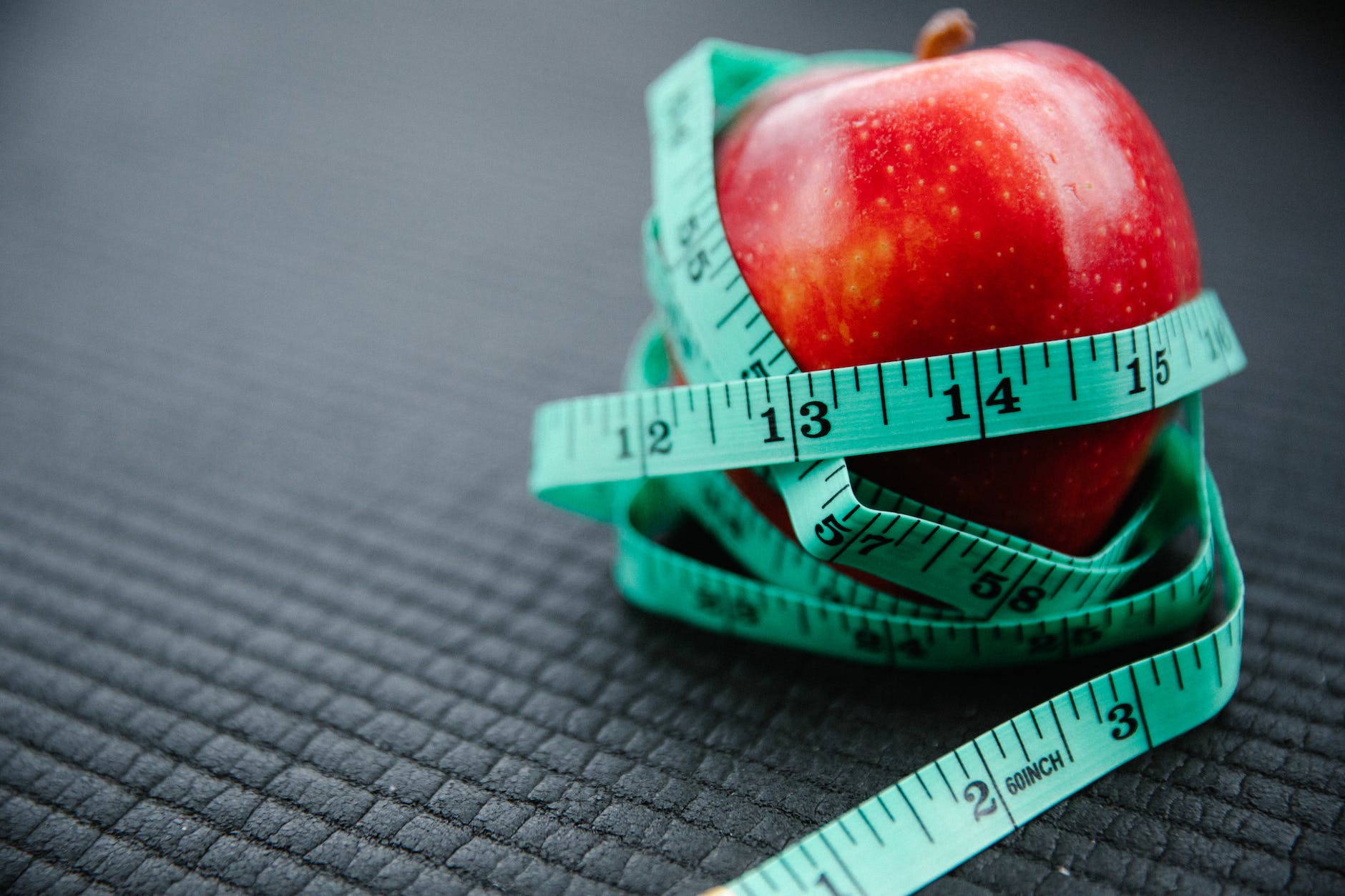In the pursuit of effective weight loss, many people turn to various forms of exercise. Among these, running stands out as a popular and accessible activity that can contribute significantly to achieving weight loss goals.
Not only is running a great way to burn calories, but it also offers numerous benefits for cardiovascular health and overall well-being.
This article will guide you through the process of using running as a powerful tool for weight loss and provide valuable tips to optimize your results.
Benefits of Running for Weight Loss
Increased Calorie Burn
Running is an excellent calorie-burning exercise. It engages multiple muscle groups and elevates heart rate, resulting in a higher metabolic rate and increased calorie expenditure. Regular running sessions can significantly contribute to creating a calorie deficit necessary for weight loss.
Improved Cardiovascular Health
Engaging in running regularly helps strengthen the cardiovascular system. It enhances heart function, improves blood circulation, and boosts lung capacity. As you progressively increase your running endurance, you’ll notice improvements in your overall fitness and stamina.
Increased Metabolism
Running has a positive impact on your metabolism, both during and after your workout. High-intensity running sessions can elevate your metabolic rate for hours post-exercise, leading to increased calorie burn even at rest. This metabolic boost aids weight loss efforts by enhancing fat burning.
Stress Reduction
Running serves as an effective stress reliever. The rhythmic motion and increased release of endorphins during running contribute to reducing stress levels and improving overall mood. As stress can often lead to weight gain or hinder weight loss progress, incorporating running into your routine can help counteract these effects.
Convenience and Accessibility
One of the significant advantages of running is its convenience and accessibility. You can run almost anywhere, whether outdoors or on a treadmill. It requires minimal equipment and can easily fit into a busy schedule. Running can be adapted to various fitness levels, making it an inclusive exercise option for many individuals.

Setting Realistic Goals
Before embarking on a weight loss journey through running, it’s essential to set realistic goals. This involves determining your current fitness level and establishing a sensible weight loss target.
Determining Your Current Fitness Level
Evaluate your current fitness level by assessing your endurance, strength, and overall health. This self-assessment will help you understand your starting point and ensure you choose a running program that suits your capabilities.
Establishing a Realistic Weight Loss Target
Set a realistic weight loss target based on your overall health and body composition goals. Consulting with a healthcare professional or a certified fitness trainer can provide valuable guidance in determining a healthy and achievable weight loss range.
Designing a Running Program for Weight Loss
To maximize weight loss benefits from running, it’s important to design a well-rounded program tailored to your needs and abilities.
Start Slow and Gradually Increase Intensity
Begin with shorter running sessions at a comfortable pace to allow your body to adapt gradually. As your fitness improves, gradually increase the duration and intensity of your runs. This progressive approach reduces the risk of injuries and helps prevent burnout.
Incorporate Interval Training
Interval training involves alternating between intense bursts of speed and periods of active recovery. Incorporating intervals into your running routine can help boost calorie burn, improve cardiovascular fitness, and enhance fat burning. Examples of interval training include sprinting for 30 seconds followed by a one-minute recovery jog.

Mix Up Your Running Routine
To keep your running routine engaging and prevent boredom, vary your workouts. Explore different routes, try trail running, or incorporate other forms of aerobic exercise like cycling or swimming. Cross-training helps prevent overuse injuries and provides a more holistic approach to fitness.
Include Strength Training
Incorporating strength training exercises into your routine helps build lean muscle mass, which contributes to a higher metabolic rate. This, in turn, supports weight loss efforts. Concentrate on exercises that concentrate on major muscle groups, including squats, lunges, push-ups, and planks.
Listen to Your Body and Rest When Needed
Pay attention to your body’s signals and allow for adequate rest and recovery. Overtraining can lead to fatigue, decreased performance, and increased injury risk. Incorporate rest days into your running program and prioritize sleep to optimize results.
Nutrition for Weight Loss and Running
Optimizing nutrition is crucial when using running for weight loss. Proper fueling and hydration support your running performance and aid in achieving weight loss goals.
Balancing Calorie Intake and Expenditure
Create a calorie deficit by balancing your calorie intake and expenditure. Consume fewer calories than you burn through running and daily activities. This gradual calorie deficit will help you achieve sustainable weight loss.
Prioritizing Nutrient-Dense Foods
Make it a priority to incorporate nutrient-dense foods into your diet, ensuring they offer essential vitamins, minerals, and macronutrients. Ensure that your meals consist of a varied assortment of fruits, vegetables, whole grains, lean proteins, and healthy fats. These foods support your overall health and provide the energy needed for running.

Hydration for Optimal Performance
Stay hydrated before, during, and after your runs. Water is essential for maintaining proper bodily functions, and dehydration can negatively impact your running performance. Consider electrolyte-rich drinks or sports beverages for longer or more intense runs.
Meal Timing and Snacking
Pay attention to meal timing and snacking strategies to fuel your runs effectively. Eat a balanced meal containing carbohydrates, protein, and healthy fats a few hours before your run. Additionally, consider a light snack, such as a piece of fruit or a granola bar, before shorter runs to maintain energy levels.
Tracking Progress and Staying Motivated
To stay on track with your weight loss and running goals, tracking progress and finding sources of motivation are essential.
Using Apps or Wearable Devices
Utilize smartphone apps or wearable devices that track your running distance, pace, and calorie expenditure. These tools can provide valuable data for monitoring progress and setting new goals.
Joining Running Communities or Clubs
Connect with like-minded individuals by joining local running communities or clubs. Participating in group runs or races can provide motivation, support, and camaraderie, fostering a sense of belonging and accountability.
Celebrating Milestones and Small Achievements
Acknowledge and celebrate your milestones and small achievements along the way. Whether it’s running a new distance or achieving a personal best, these celebrations help maintain motivation and provide a sense of accomplishment.
Finding a Running Buddy or Accountability Partner
Consider finding a running buddy or accountability partner to keep you motivated and committed to your running program. Having someone to share your progress, challenges, and successes with can provide extra encouragement and support.
Avoiding Common Pitfalls
While running is an effective tool for weight loss, it’s important to be aware of common pitfalls to ensure a safe and sustainable approach.
Overtraining and Injuries
Avoid overtraining by allowing for proper rest and recovery. Pushing too hard without adequate rest can lead to injuries and hinder progress. Listen to your body and adjust your running program accordingly.

Relying Solely on Running for Weight Loss
While running is an effective exercise for weight loss, combining it with a well-rounded fitness routine yields better results. Include strength training, flexibility exercises, and other aerobic activities to promote overall fitness and prevent muscle imbalances.
Neglecting Rest and Recovery
Rest and recovery are crucial for optimizing running performance and weight loss. Lack of sleep and inadequate rest can hinder progress, increase fatigue, and impair recovery. Prioritize quality sleep and incorporate rest days into your routine.
Ignoring Proper Form and Technique
Maintaining proper running form and technique is essential for injury prevention and efficient running. Focus on posture, stride length, and foot strike to avoid unnecessary stress on joints and muscles. Consider seeking guidance from a running coach or watching instructional videos to improve your technique.
Conclusion
Running can be a highly effective tool for weight loss when approached with a well-rounded strategy. By incorporating running into your fitness routine, setting realistic goals, prioritizing nutrition, tracking progress, and avoiding common pitfalls, you can harness the power of running to achieve effective weight loss and improve your overall well-being.
FAQs
Is running the best exercise for weight loss?
While running is an excellent exercise for weight loss, the best exercise ultimately depends on individual preferences and goals. Selecting an activity that you genuinely enjoy and can sustain over the long term is essential.
How often should I run to lose weight?
The frequency of running sessions depends on your current fitness level and goals. Starting with three to four sessions per week and gradually increasing as your fitness improves is a good approach. Rest days are also crucial for recovery.
Can I lose weight by running alone, without changing my diet?
Running alone can contribute to weight loss, but for optimal results, it’s important to combine it with a balanced and calorie-controlled diet. Establishing a calorie deficit is crucial for weight loss.
What are a few prevalent running injuries, and what preventive measures can be taken to avoid them?
Common running injuries include shin splints, runner’s knee, and Achilles tendonitis. To prevent injuries, gradually increase your running intensity, wear appropriate footwear, and incorporate strength training exercises to strengthen supporting muscles.
Can I run for weight loss if I’m a beginner?
Absolutely! Running can be adapted to various fitness levels. Starting slowly and gradually increasing intensity and duration allows beginners to build endurance and avoid injuries. Consulting with a healthcare professional or a certified fitness trainer is recommended to ensure a safe and effective running program.
